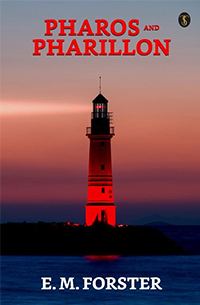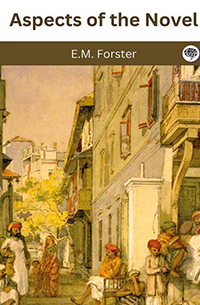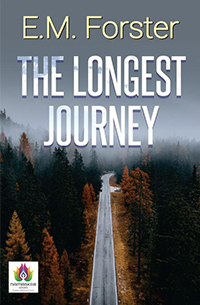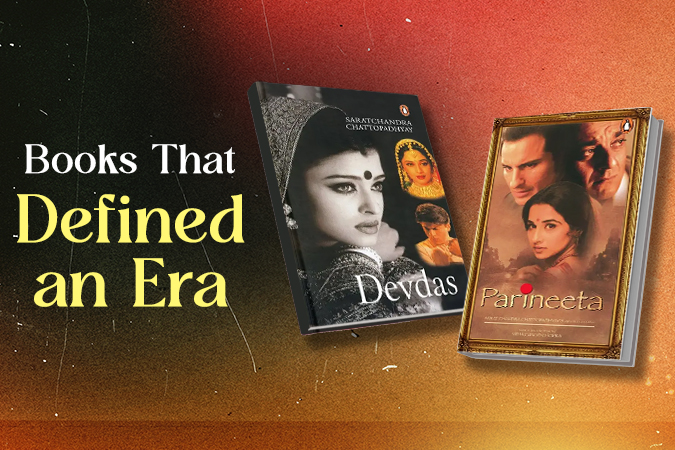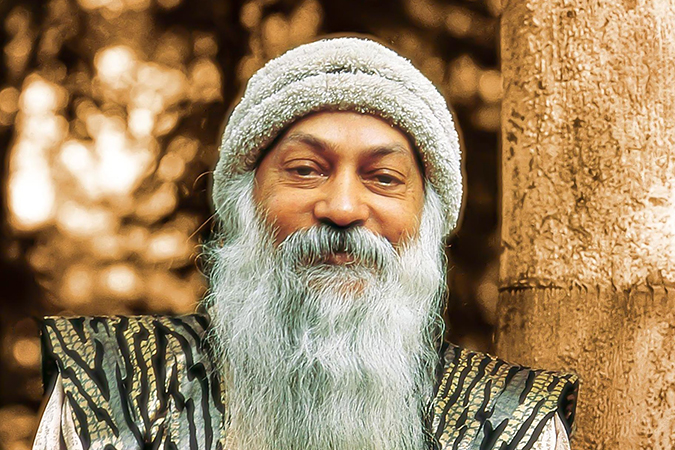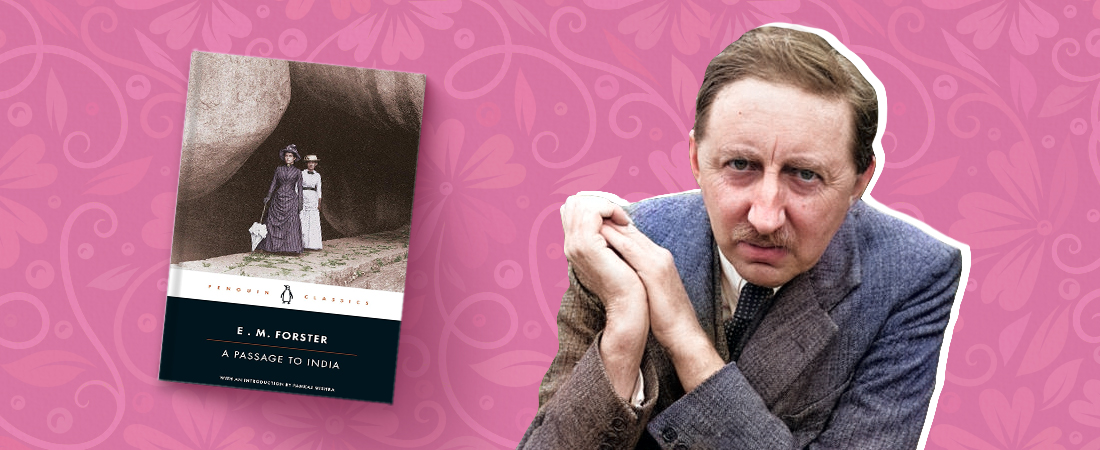
Celebrating E.M. Forster’s Timeless Classic
It’s been 100 years since E.M. Forster’s literary masterpiece A Passage to India was first published. This classic, published in 1924, has captivated readers for a century with its rich exploration of colonialism, friendship, and cultural misunderstandings, offering readers a timeless reflection on human nature and societal tensions.
Here’s an exploration of Forster’s life, work and the impact of the book beyond the pages.
E.M. Forster: The Man Behind the Masterpiece

E.M. Forster, or Edward Morgan Forster, was born in London on January 1, 1879. The English novelist, short story writer, and essayist became one of the 20th century’s most celebrated authors. Forster’s sharp wit, irony, and deep humanism shine through in his works, which often critique class differences and societal hypocrisies. Other famous works by Forster include Howards End, A Room with a View, and the posthumously published Maurice.
The Story: A Trip to the Marabar Caves
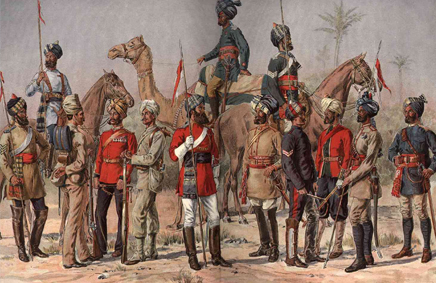
Set in the 1920s against the backdrop of the British Raj and the Indian independence movement, the book kicks off with Adela Quested and Mrs. Moore arriving in the fictional city of Chandrapore. They are visiting Ronny Heaslop, Mrs. Moore’s son and the local British magistrate. Eager to experience the “real India,” they befriend Dr. Aziz, a kind and charismatic Indian Muslim physician.
The plot thickens during a trip to the Marabar Caves, where a mysterious incident leads Adela to accuse Dr. Aziz of assault. This accusation ignites racial tensions and cultural misunderstandings, culminating in a courtroom drama that exposes the deep-seated prejudices of the era.
Literary Influence: More Than Just a Story
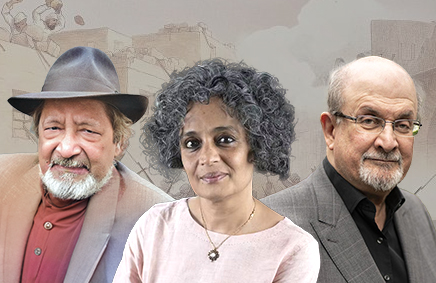
Forster’s critical take on the British Empire’s impact influenced postcolonial literature, inspiring writers like Salman Rushdie, V.S. Naipaul, and Arundhati Roy. His work encouraged a deeper understanding of the colonial experience, prompting readers to question and reflect on historical narratives.
A Passage to India has also been a staple in academic circles for decades. This continuous scholarly attention keeps Forster’s legacy alive and relevant.
Beyond the Book: Stage and Screen Adaptations

In 1960, Santha Rama Rau adapted the book into a successful stage play that garnered acclaim in both London and New York.
However, it was the 1984 film adaptation, directed by David Lean, that brought the story to a global audience. Starring Judy Davis, Victor Banerjee, and Peggy Ashcroft, the film won multiple awards, including two Oscars. Lean’s adaptation sparked renewed interest in Forster’s novel, introducing it to new generations and fueling discussions about colonialism in cinema.
Revisiting a Classic
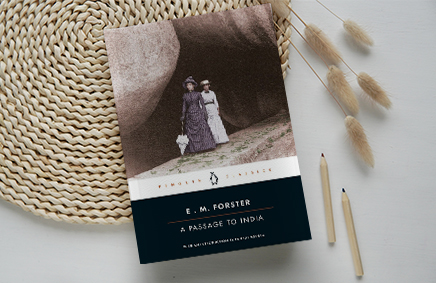
As we mark the 100th anniversary of A Passage to India, we celebrate not just a literary classic but a profound exploration of human nature and cultural conflict. Forster’s insightful critique of imperialism remains as impactful today as it was a century ago. This month, take a moment to revisit this timeless work, reflect on its enduring themes, and appreciate its significant contributions to literature and beyond.




